Innovative Top Drive Systems in Drilling Rigs
Top drive systems have dramatically increased efficiency, safety, and the automation of drilling rigs. In addition to replacing the conventional rotating table and kelly drive arrangement, top drives are essential in modern drilling equipment. Recent developments in top drive systems are pushing the performance boundaries and introducing new capabilities that match the ever-increasing complex drilling environment, especially for extended-reach and deepwater applications.
Overview of Top Drive Systems
Top drive systems are an automated drilling device that is mounted on the mast or derrick and is able to rotate the drill string when rotary drilling. In contrast to the rotary table system, which turns the pipe from below, the top drives allow all of the string to rotate from above, which enables longer drilling times and better directional control of drilling.
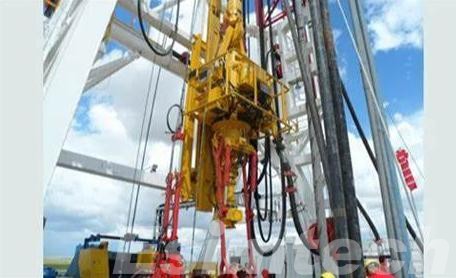
Traditional Top Drive Systems in Drilling Rigs
| Aspect | Traditional Top Drive Systems |
| Drive Type | Mostly hydraulic, there were earlier electric models |
| Torque Control | Insufficient, less precise than the latest VFD-equipped systems. |
| Automation Level | The functions were mainly manually managed |
| Integration | Simple integration of rigs with other systems, not designed for complete digital integration |
| Monitoring | Limited to gauges that are analog or basic sensors |
| Size and Weight | The more bulky and heavier, the more difficult it is to transport and install. |
| Maintenance | Maintenance is high due to the wear of hydraulic components, as well as the lack of diagnosis |
| Safety Features | Basic safety systems for mechanical protection; reliance upon human intervention |
| Data Capabilities | Insufficient transfer of data; not real-time monitoring |
| Operational Efficiency | It is improved over the rotary table system, but less efficient than current electronic and automated systems. |
| Common Use Period | 1980s-2000s |
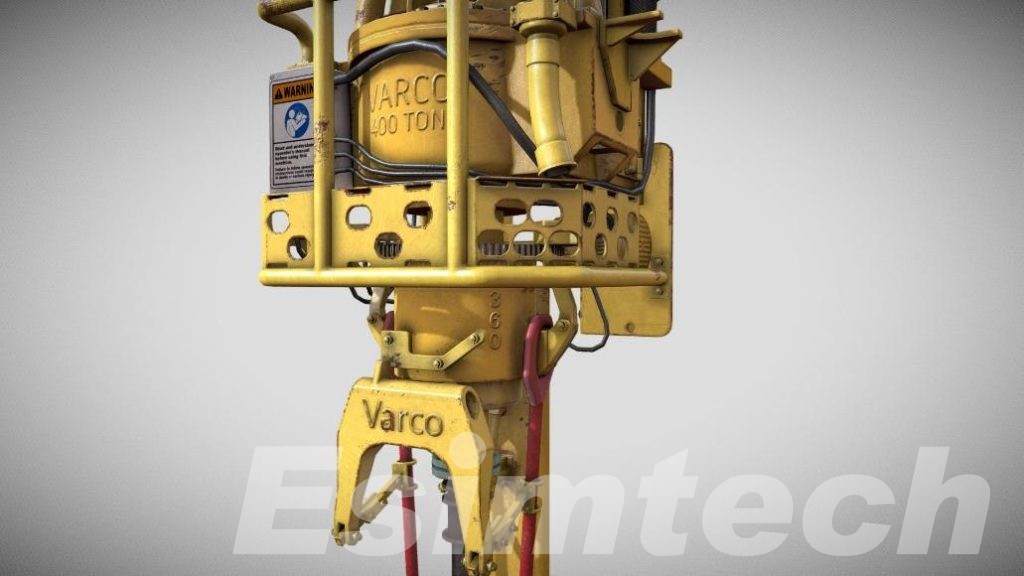
Key Innovations in Top Drive Systems
Top drives, which deliver rotational force to the very top of the drilling string, have advanced significantly in recent years due to rapid technological advances.
1. Electrification and Variable Frequency Drives (VFDs)
The most significant advancement is the wide switch from hydraulic to electric top drives. Top drives with electric motors, specifically ones with VFDs, permit the precise management of torque as well as rotational speed. This control improves drilling efficiency, reduces mechanical stress, and contributes to a smoother operation across a variety of drill conditions. Electrification can also lead to less noise in rigs, lower emissions, and fewer maintenance needs.
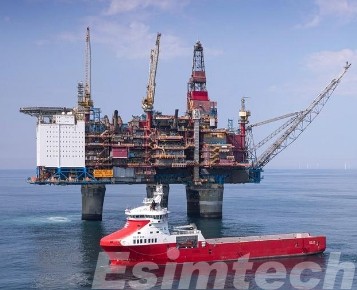
2. Seamless Integration with Automated Pipe Handling
The latest top-drive systems have been designed to work in conjunction with pipe handling equipment that is automated. Automation reduces the requirement for manual labor when tripping and significantly increases worker safety on the floor of the rig. Automating repetitive tasks such as makeup and break-out of the connections to drill pipes. These systems can also decrease operational delays and human errors.
3. Real-Time Monitoring and Predictive Maintenance
Sensor arrays with advanced technology are included in the most advanced drive systems, which allow real-time monitoring of crucial parameters like the torque, RPM, vibration, and temperature. In conjunction with and paired with a predictive maintenance program, these features allow users to recognize early indicators of fatigue or failure in the equipment. Maintenance can be planned ahead of time to avoid costly maintenance and prolong the life of the most important components.
4. Compact and Modular Design for Operational Efficiency
Recent developments in top drive design have been focused on making the systems smaller, lighter, and flexible. These modifications make it easier for transportation and installation, particularly in remote and offshore drilling locations. Despite their smaller footprints, they still have the highest torque capacity and are able to withstand the demands of deep, extended-reach, as well as HPHT (high-pressure high temperature) wells.
5. Enhanced Digital Interfaces and Control Systems
Top drive systems of the next generation feature advanced Digital Control Interfaces, which are simple and adaptable. These systems typically have touchscreens as well as data visualization tools and programmable logic control. Operators are able to adjust drill parameters in real time and also access diagnostics for performance, making it easier to manage and adjust to get the best performance.
6. AI-Driven Performance Optimization
Artificial Intelligence is becoming increasingly utilized in top drive systems to improve the efficiency of decision-making. AI algorithms analyse drill data in real-time to optimize parameters for performance, as well as predict any potential issues and suggest modifications. In some systems that are more advance, the AI could even initiate modifications on its own, which results in increased efficiency (ROP) and fewer problems with the downhole.
7. Cloud Connectivity and Remote Operations
With the advent of digital drilling, the top drive systems are being outfitted with cloud-based connectivity to allow remotely controlled monitoring. Engineers and operators can access live data at any time from anywhere, as well as troubleshoot and remotely update software. This centralized oversight allows for greater coordination among drilling fleets as well as quicker response times when problems occur.
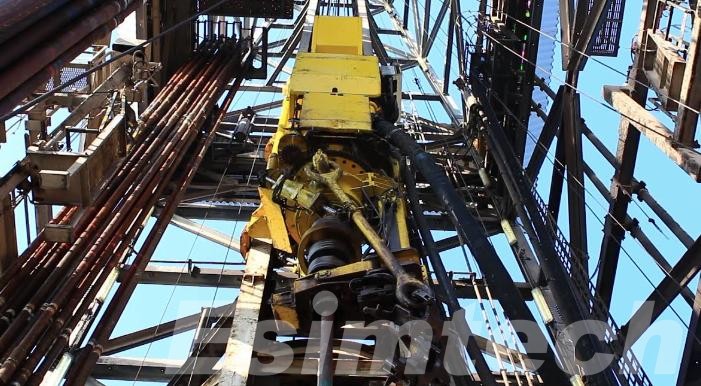
Application Areas of Innovative Top Drive Systems
Top drive technology is a breakthrough that is vital to modern-day drilling because of its flexibility, efficiency, and integration of advanced technology. As the systems continue to improv, their application is expanding to cover a variety of drilling applications.
- Onshore Oil and Gas Drilling
The advanced top drive systems for innovation are commonly utilized in drilling operations that are based on land drilling rigs, where effectiveness and efficiency are crucial. Their compact and modular design is ideal for quick rig-up and rig-down processes, which is particularly useful in mobile or remote drilling locations. Modernized automation and digital control can reduce the time spent on non-productive tasks and increase the accuracy of drilling in a range of geophysical conditions.
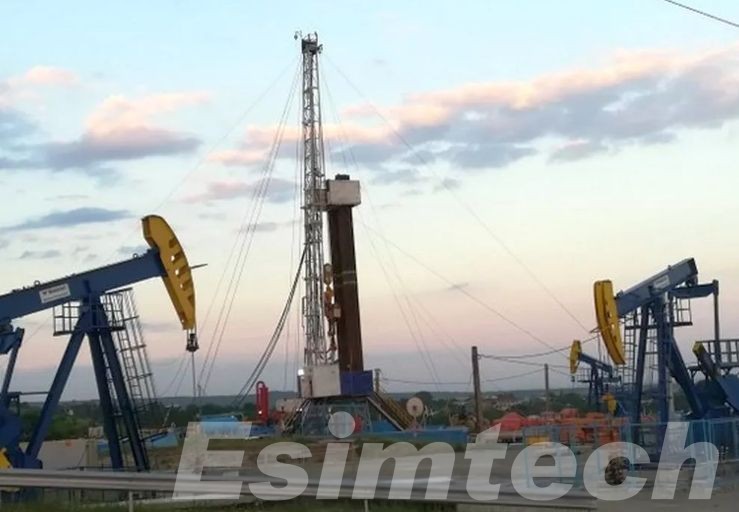
- Offshore and Deepwater Drilling
In deepwater and offshore drilling environments, Top drive systems are vital to handling the large load and intricate well paths encountered in deep and extended-reach drilling. Top drives equipped with predictive maintenance features ensure high reliability in conditions where equipment failure can be extremely expensive. Integration with automatic pipe handling systems can also increase the safety of offshore platforms.
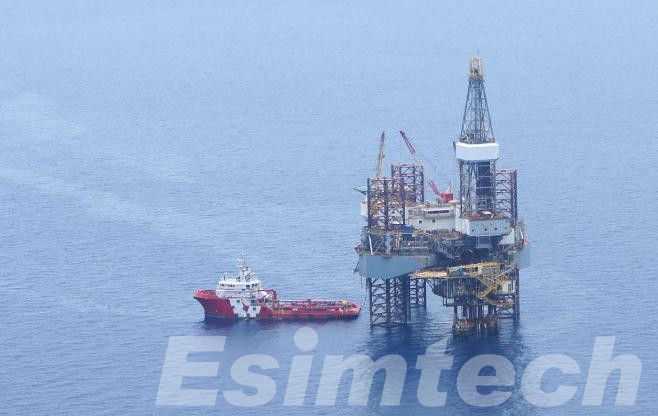
- High-Pressure, High-Temperature (HPHT) Wells
HPHT wells pose unique issues in the area of the strain on equipment and drill string. Top drive systems that incorporate sophisticated technology for controlling torque, monitoring in real time, and AI-driven optimization assist in maintaining solid operations in extreme temperature and pressure conditions. These features reduce the chance of a stuck pipe and increase the efficiency of challenging drilling situations.
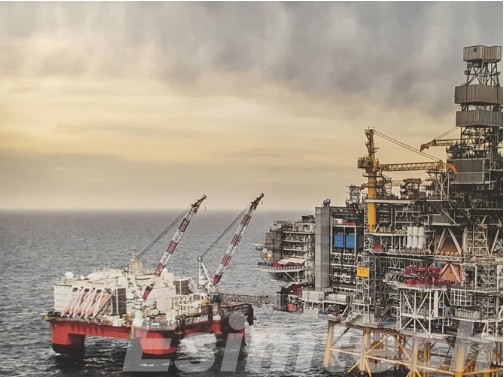
- Directional and Horizontal Drilling
Horizontal drilling and directional drilling require exact control of drill string rotation as well as the bit weight. Top drive systems are able to excel in these situations because they can keep a constant rotation when moving or driving drilling bits. Modern technologies such as VFDs or real-time torque feedback allow drillers to complete complicated well trajectories with greater precision and effectiveness.
- Unconventional Resource Development
In the shale gas and tight oil fields, where several horizontal drilling wells can be drilled on one pad, speed and repeatability are the primary performance factors. Top drive systems featuring automated sequences, quick tripping capabilities, as well as integrated data systems aid in speeding up drilling while also reducing wear and tear on the equipment. This makes them perfect for repeat, high-volume operations that are common in the field of unconventional resource development.
- Geothermal Drilling
Geothermal drilling typically involves formations of hard rock and extremely high temperatures at the subsurface, which puts huge demands on the drilling equipment. Top drive systems utilized in geothermal drilling have to provide constant high torque and be able to withstand extreme thermal stresses. Modern top drives that have enhanced technology for cooling, monitoring in real time, and robust design are well-suited for the demanding conditions.
- Workover and Well Intervention Rigs
Top drive systems that are modular and compact are being increasingly used on well and workover drilling rigs. These systems are used to support tasks like sidetracking, extended-reach cleaning outs. The ability of these systems to offer constant rotation as well as real-time monitoring increases efficiency and decreases the possibility of causing damage to the existing infrastructure of wells.
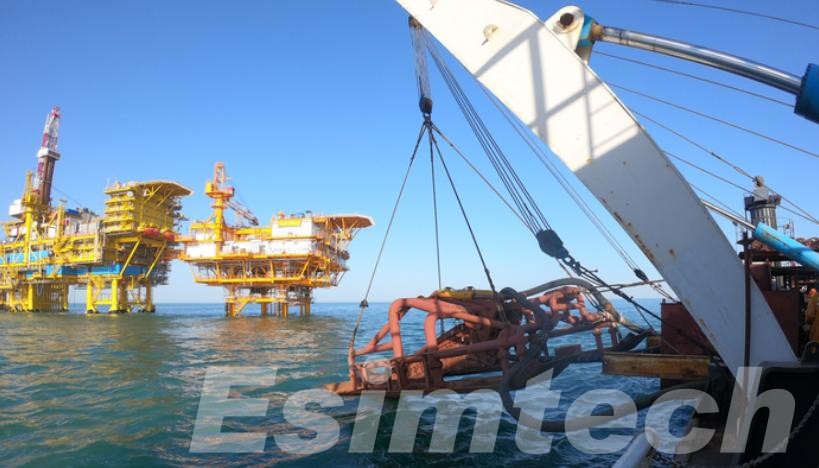
How Simulation Technologies are Used in the Advancement of Top Drive Systems
Simulation technology is playing an important role in the development of, testing, operation, and optimization of new top drive systems used in drilling rigs. As drilling operations become more complicated and performance requirements become more complex, the capability to simulate top drive performance under different conditions has evolved into an effective tool.
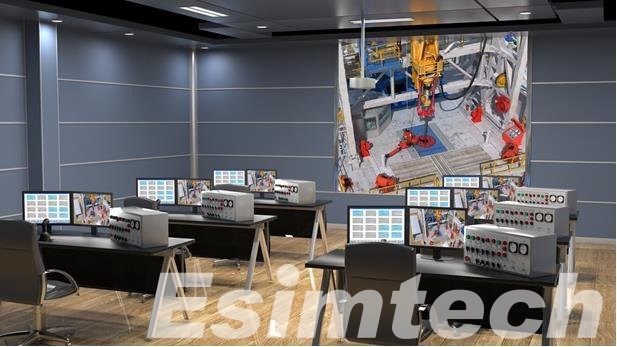
- Virtual Prototyping and Design Validation
Simulation is crucial in the development phase of the top-of-the-line drive system. Engineers utilize computer-aided design (CAD) as well as finite element analysis (FEA) to design as well as test models for digital structural and mechanical components. They can then test the distribution of stress and the capacity of torque, thermal response, and fatigue of the material under the conditions of simulated drilling. In the end, any possible design flaws are identified and corrected earlier in the development process without needing physical prototypes, thus speeding the time to market and decreasing R&D cost.
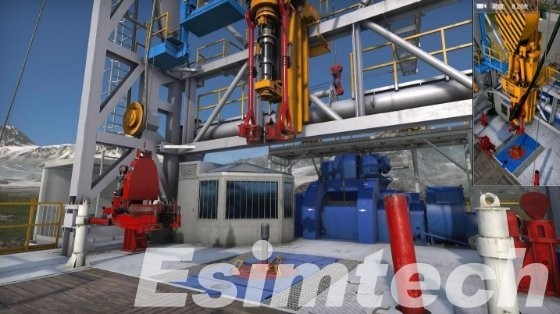
- Control System Testing with Hardware-in-the-Loop (HIL)
High-end drive units are now equipped with sophisticated control algorithms to regulate the speed, torque as well and brake systems. Simulation techniques like Hardware-in-the-Loop (HIL) permit live testing of these control systems within the virtual world. Engineers can use simulations of various drilling scenarios — like resistance to drilling, pipe sticking, or sudden changes in load–to examine the reaction that the controller’s logic has to. This helps ensure that control systems operate effectively and safely prior to installation on the live drilling rig.
- Drilling Process Simulation
Drilling simulators simulate the dynamic interactions of the top drive and drill string and the downhole structure. Simulations can help determine the way a top drive system will perform under various weight-on-bit (WOB) as well as speed of penetration (ROP), and conditions of torque. This is particularly useful in planning operations in high-pressure/high-temperature (HPHT) wells or extended-reach drilling, where the margin for error is minimal. Simulations assist operators in optimizing drilling parameters and decreasing the amount of non-productive time (NPT).
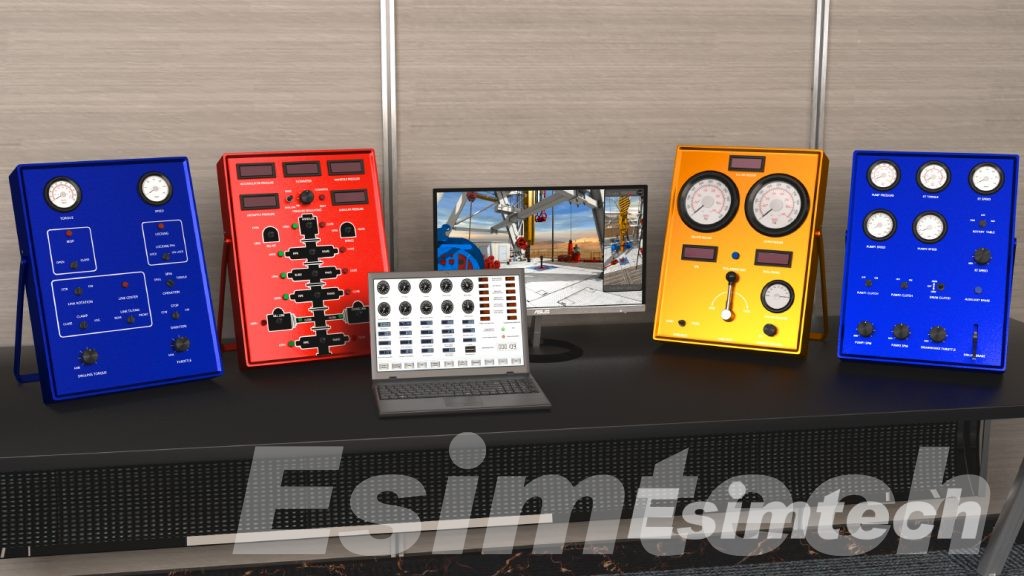
- Training and Operational Planning
Advanced drilling training systems can also be used in the training of operators and crew preparation. They can simulate real-world scenarios with simulations of rig control systems, which include the top drives. Students can experience faults such as tripping, malfunctions, and difficult drilling issues in a secure and controlled setting. This improves the efficiency of crews as well as increases awareness of safety and helps teams prepare for efficient decision-making in actual activities.
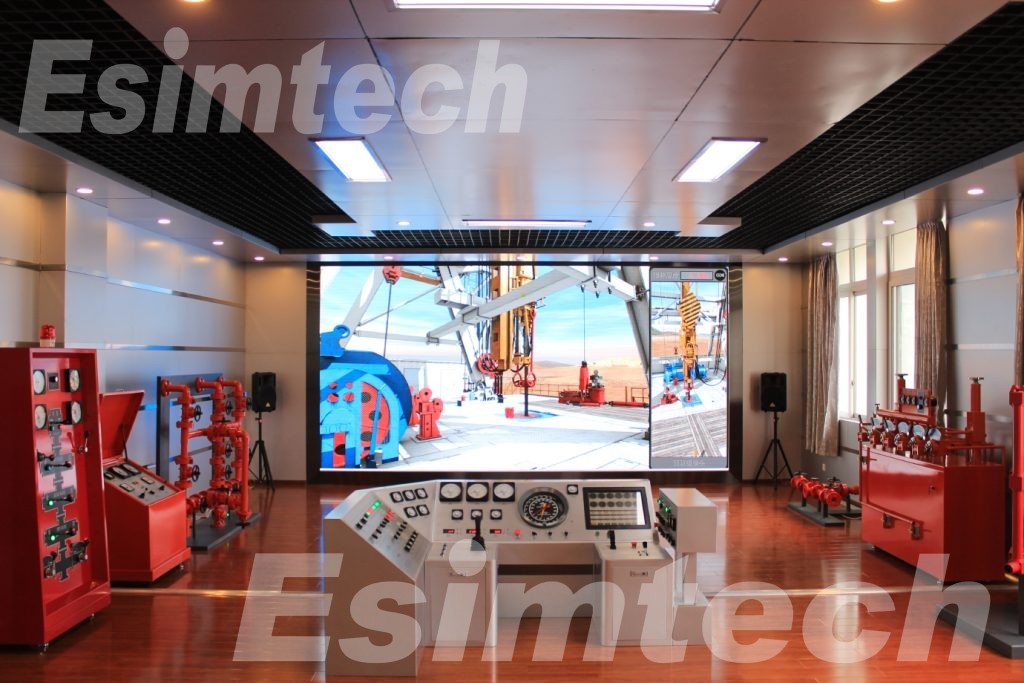
- Predictive Maintenance and Digital Twins
Simulation technologies are the foundational element to creating digital models of top drive systems – virtual replicas that constantly replicate the physical equipment in real-time. When operational data is fed to the model simulation, the system is able to predict possible failures, track wear patterns, and anticipate maintenance requirements. This supports maintenance strategies based on condition that extend the life of equipment and minimise unplanned downtime.
- Vibration and Harmonics Analysis
Top-drive systems can be exposed to dynamic loads that are complex and can cause undesirable oscillations or even harmonic resonance. Multibody dynamic simulations and vibration simulations allow engineers to examine the movement and interaction between both reciprocating and rotating components inside the machine. This aids in enhancing the efficiency of motors, gearboxes, and support structures in order to ensure smoother operation as well as reduce mechanical wear and the risk of failure.
- Integration with Rig-Wide Automation
Simulations can be used to analyze the interaction between top drives and other components of the rig, like drawworks, pipes, mud pumps, and other handling equipment. This comprehensive approach allows the creation of rig-wide automation strategies. Engineers are able to model complete drilling sequences to fine-tune the timing of drills, synchronize the actions of equipment, and cut down on the time between operations, leading to more efficient and well-coordinated drilling processes.
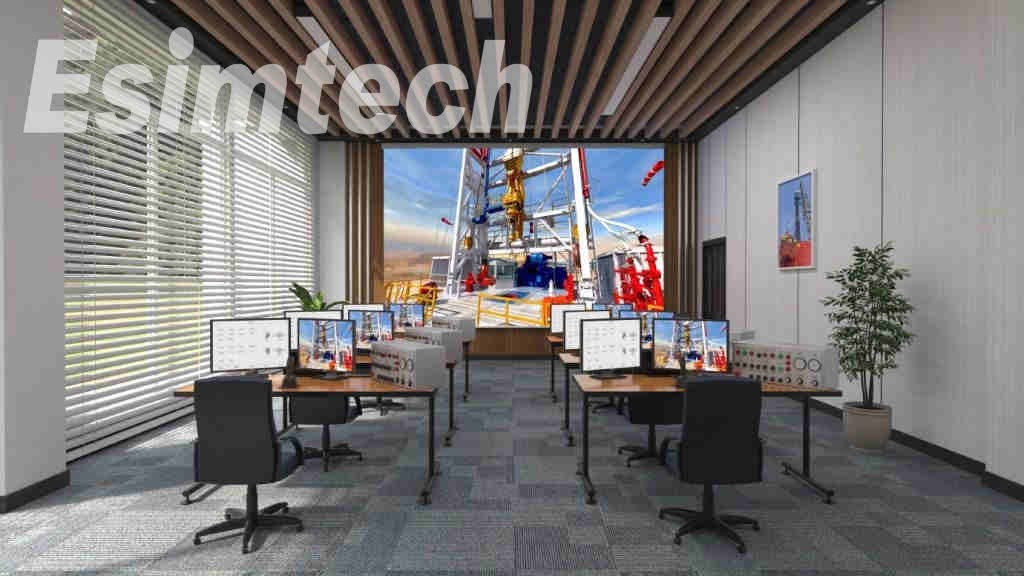
Final Thoughts
Innovative top-drive systems are redefining drill rigs’ capabilities, offering unbeatable flexibility as well as control and efficiency. With continuous advances in electrification, automation, and real-time data analysis, these systems will remain an essential element in the process of achieving more efficient, safer, and more efficient drilling operations.
